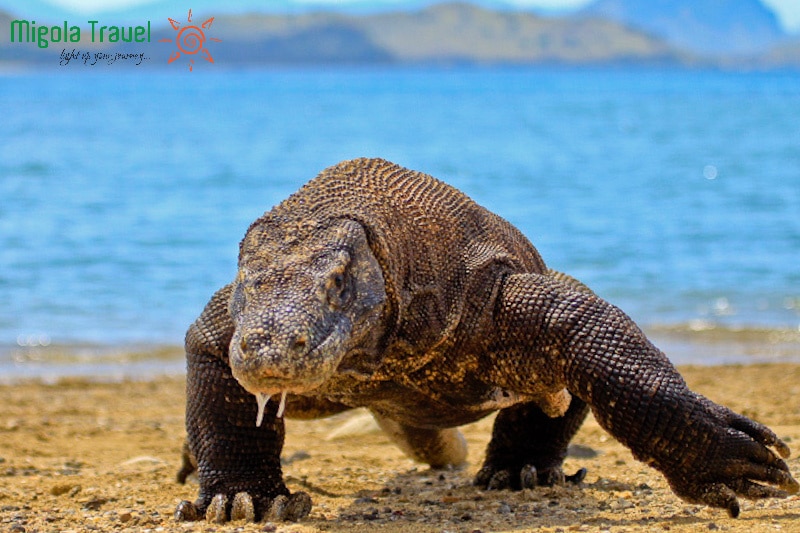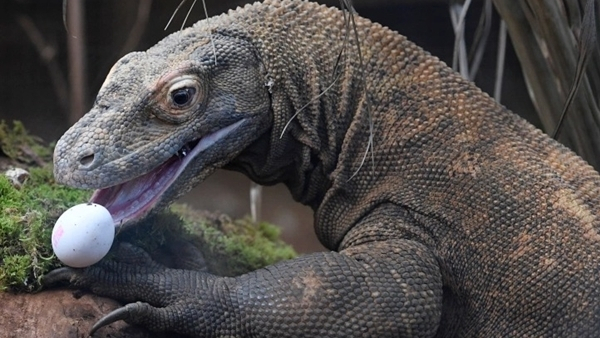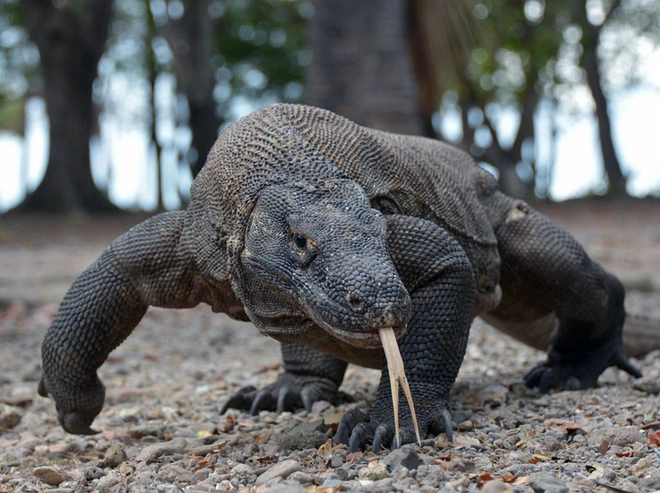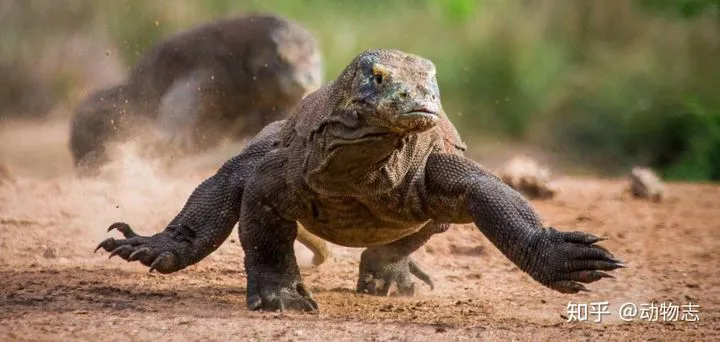Unveiling the Majestic Komodo Dragon: Dominant Predators of Indonesia’s Isles

The Komodo dragon (Varanus komodoensis) stands as an imposing figure among Indonesia’s scattered islands, including Komodo, Rinca, Flores, and Gili Motang. Within the Varanidae genus, it holds the distinction of being the largest surviving lizard species on our planet. Its sheer presence, with a remarkable length of up to 3 meters (10 ft) and a weight that can tip the scales at around 70 kilograms (150 lb), commands attention and respect.
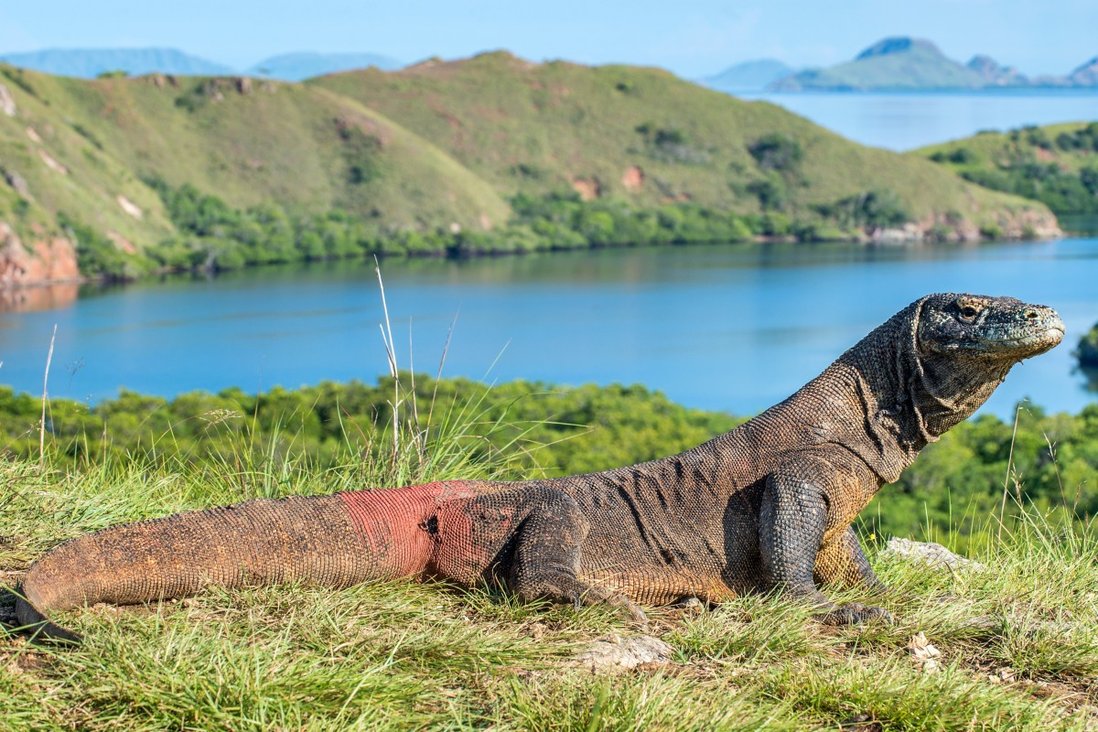
An embodiment of island supremacy, these colossal lizards hold sway over the ecosystems in which they dwell. Within their domain, Komodo dragons enact a fascinating interplay of predator and prey, targeting invertebrates, avian creatures, and mammals alike. The intriguing facet of their venomous nature adds an air of mystery. Positioned within their lower jaws, two glands secrete a medley of toxic proteins, their biological role an ongoing enigma. However, it’s been revealed that these secretions contain anticoagulants, painting an intricate tapestry of adaptation.
In the intricate realm of reptilian behavior, the Komodo dragons exhibit an exceptional trait—their propensity for group hunting. This is a rarity among their kin. Amidst their vast culinary preferences, the Indonesian elk holds a special place on their menu, though they aren’t averse to consuming carrion as well. A testament to their apex status, they occasionally set their sights on humans, a testament to their formidable nature.
Western explorers first chronicled the Komodo dragons’ existence in 1910, etching their mystique into the annals of science. With a frame that commands attention, these magnificent creatures have found themselves as captivating denizens of zoos worldwide. Yet, in their natural habitat, their domain has been gradually encroached upon by human activity, resulting in a shrinking range. This plight has garnered them the status of “Vulnerable” as designated by the IUCN, a poignant reminder of the fragile balance between nature and human interaction.
The Komodo dragon’s story unfurls like a saga across the islands of Indonesia. With their astonishing size and commanding presence, they reign as guardians of the ecosystem, shaping the intricate dance of life and survival. This prehistoric survivor not only reveals the marvels of evolution but also serves as a reminder of the delicate thread that binds our actions to the fate of these ancient creatures and the ecosystems they call home.
